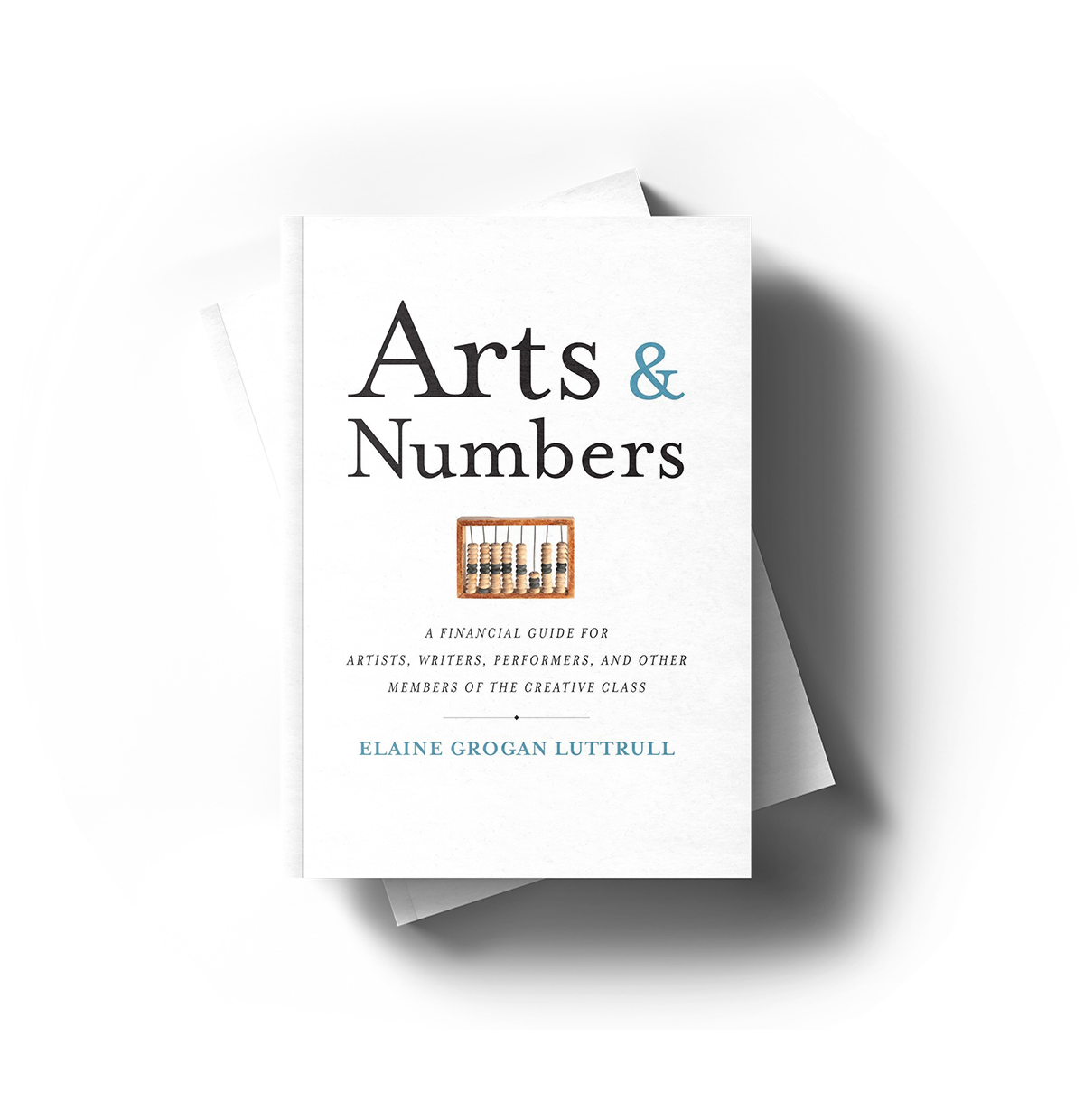May 2, 2016 • Newsletter

May 2016
What Are You Worth?
This month, we’re talking pricing. How do you price your time? How do you price your work? More importantly, how do you describe your value to those around you? There’s a math way (which is incomplete) and a non-math way (which is hard to quantify), and the secret to figuring out the “right” answer (as though there is such a thing) is to use a little of both.
Track Your Time
If you haven’t yet adopted some sort of time tracking system, this month is the month to adopt it. It doesn’t have to be fancy. It doesn’t have to be perfect. (Psst… It won’t be either.) Start with whatever you’re comfortable with. If it is a calendar and a pen, great. If it is a stack of scraps of paper next to your computer, fine. If it is an app like Toggl or Hours, or QuickBooks or Fresh Books, or even Evernote or just the “Notes” app on your home screen, fantastic.
But start tracking your time.
Because unless you have a very clear idea of how you spend your time and which portions of that are “monetizable” neither the math way nor the non-math way will help.
Track Your Expenses
Ditto for your expenses. What does it cost to run your creative practice? What does it cost you to run your creative practice in the way you really want to run it (boot strapping aside)? What does it cost you to exist as a human? What other sources of income do you regularly rely on?
If you can’t yet answer those questions quickly, you need more data.
Because it is only after you have reliable, accurate information that you can have informed, honest conversations with clients, customers, colleagues, and friends. Without the data, you’re just guessing. And that feels neither honest nor authentic.
Then What?
With a bit of math, you can figure out how much you “have” to charge during each of your billable hours to cover your expenses (plus some savings, plus your taxes).
With a bit of critical thinking, you can analyze your competitive landscape, you can assess your target customers, and you can quantify your competencies.
With a painful 15-minute session with a friend, you can figure out how to describe your value in a way that doesn’t feel icky or sound staged.
And then it becomes much easier. But you don’t have to figure this out on your own simply by guessing or by asking what other people do. You have the capability to analyze your own practice and share your own story.
And that is a true way to assess your own worth.
P.S. Stay tuned for Parts 2 and 3 of our series, “More Than Math.” And if you missed, Part 1, feel free to catch up now.


